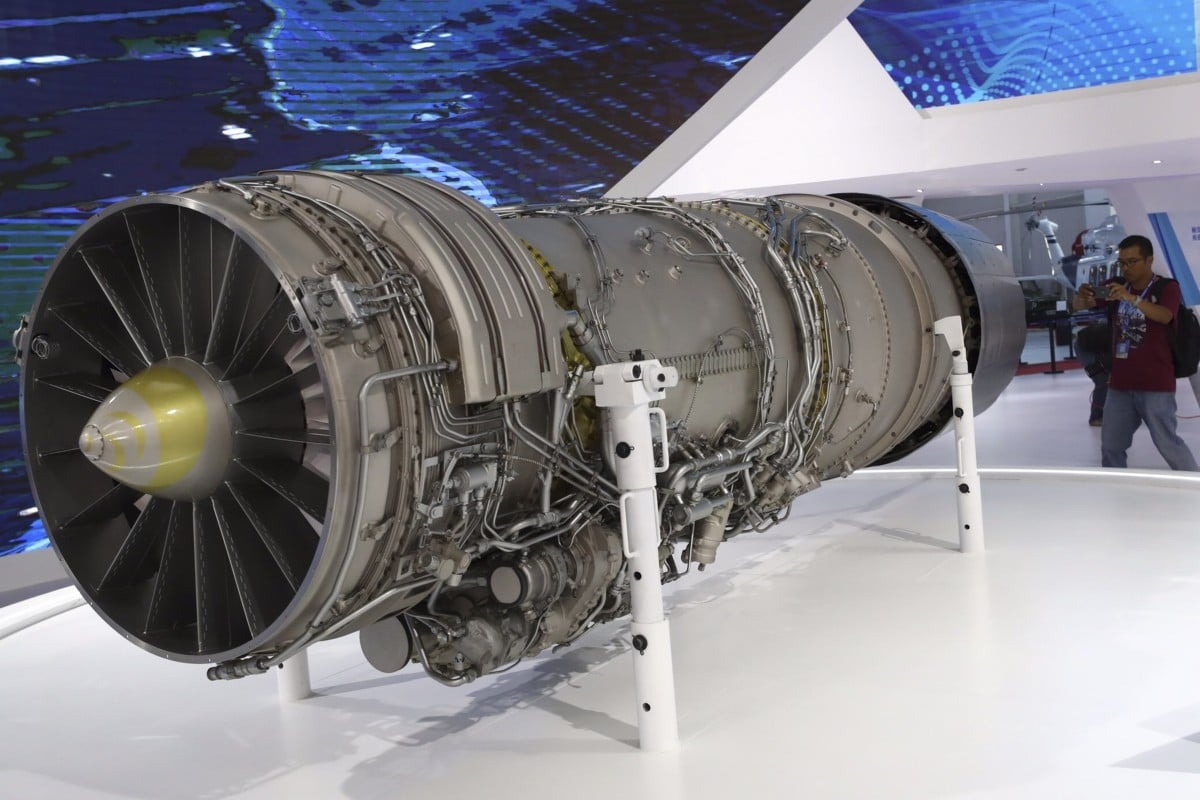China’s New Turbine Blade Boosts Jet Thrust and Engine Life

China has unveiled a next-generation self-cooling turbine blade that could significantly enhance the performance, efficiency, and longevity of its jet engines, both military and civilian. Developed by the Beijing Institute of Aeronautical Materials under Aero Engine Corporation of China (AECC), the innovation marks a major step in the country’s pursuit of aviation self-reliance.
Granted in late April, the patent details a manufacturing method for alloy turbine blades capable of withstanding temperatures up to 15% higher than existing designs. This improvement directly translates into increased engine thrust, fuel efficiency, and durability under extreme flight conditions.
The technology, co-developed with Handan Xinxing Special Steel Pipes Company, uses a copper-magnesium-steel composite structure created through thermo-mechanical processing. Embedded inside the turbine blade, the structure enhances thermal resistance by combining the heat resilience of steel and the thermal conductivity of copper.
The process begins with cutting high-temperature alloy plates, adding magnesium foil and copper rods, and bonding them in a vacuum chamber. This multi-metal composite is then forged and machined into high-performance blades with self-cooling capabilities—critical for sustained high-speed operations.
The advancement could accelerate China’s progress on cutting-edge engines like the WS-10B powering the J-10C, the WS-15 for the J-20 stealth fighter, and the upcoming WS-19 engines for the carrier-based J-35.
By leveraging this new turbine blade design, China aims to enhance its domestic engine technology while reducing reliance on foreign suppliers, a move with both economic and strategic implications amid growing global aerospace competition.
Related News: https://airguide.info/category/air-travel-business/airline-finance/
Sources: AirGuide Business airguide.info, bing.com, scmp.com
